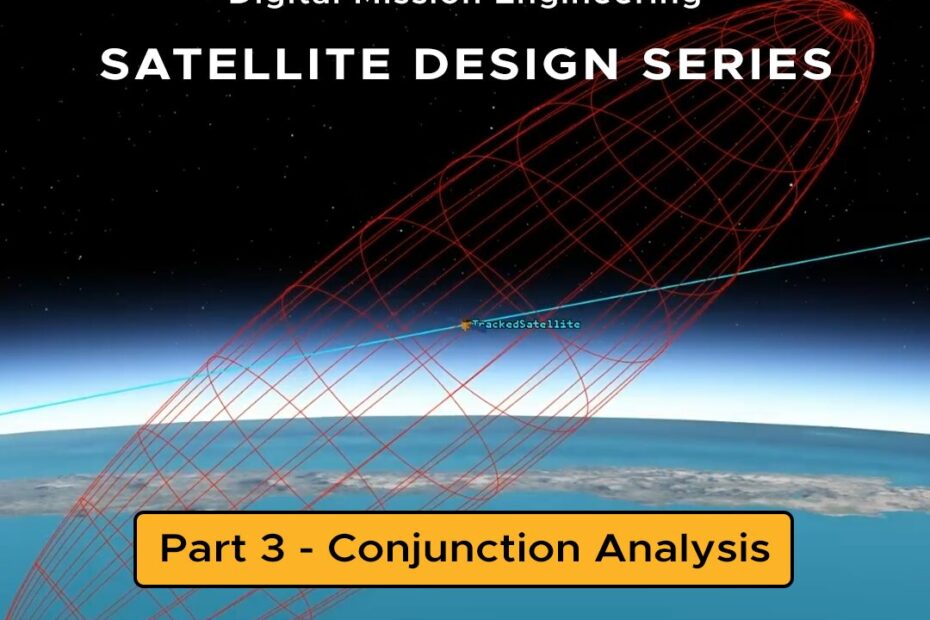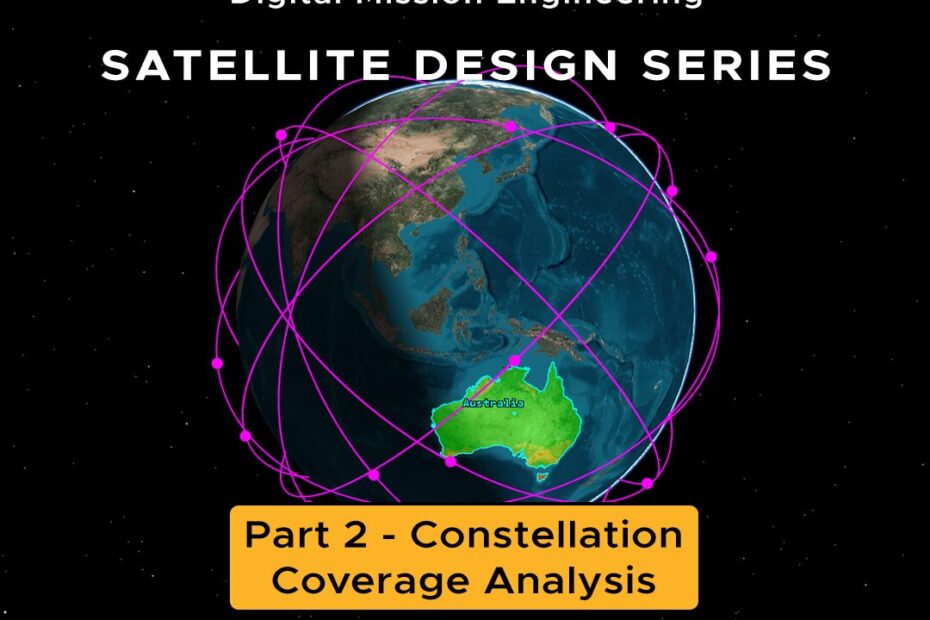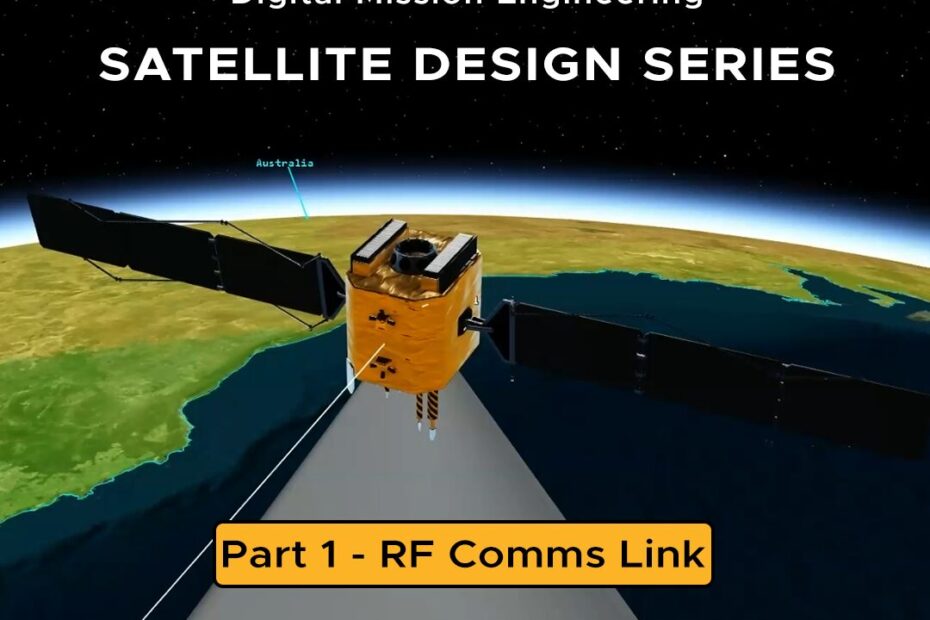Satellite Design with Digital Mission Engineering: Part 3 – Conjunction Analysis
Having discerned a suitable satellite constellation for coverage over specific user-defined regions of interest in part two, part three will see us compute a conjunction analysis for the proposed LEO constellation.




